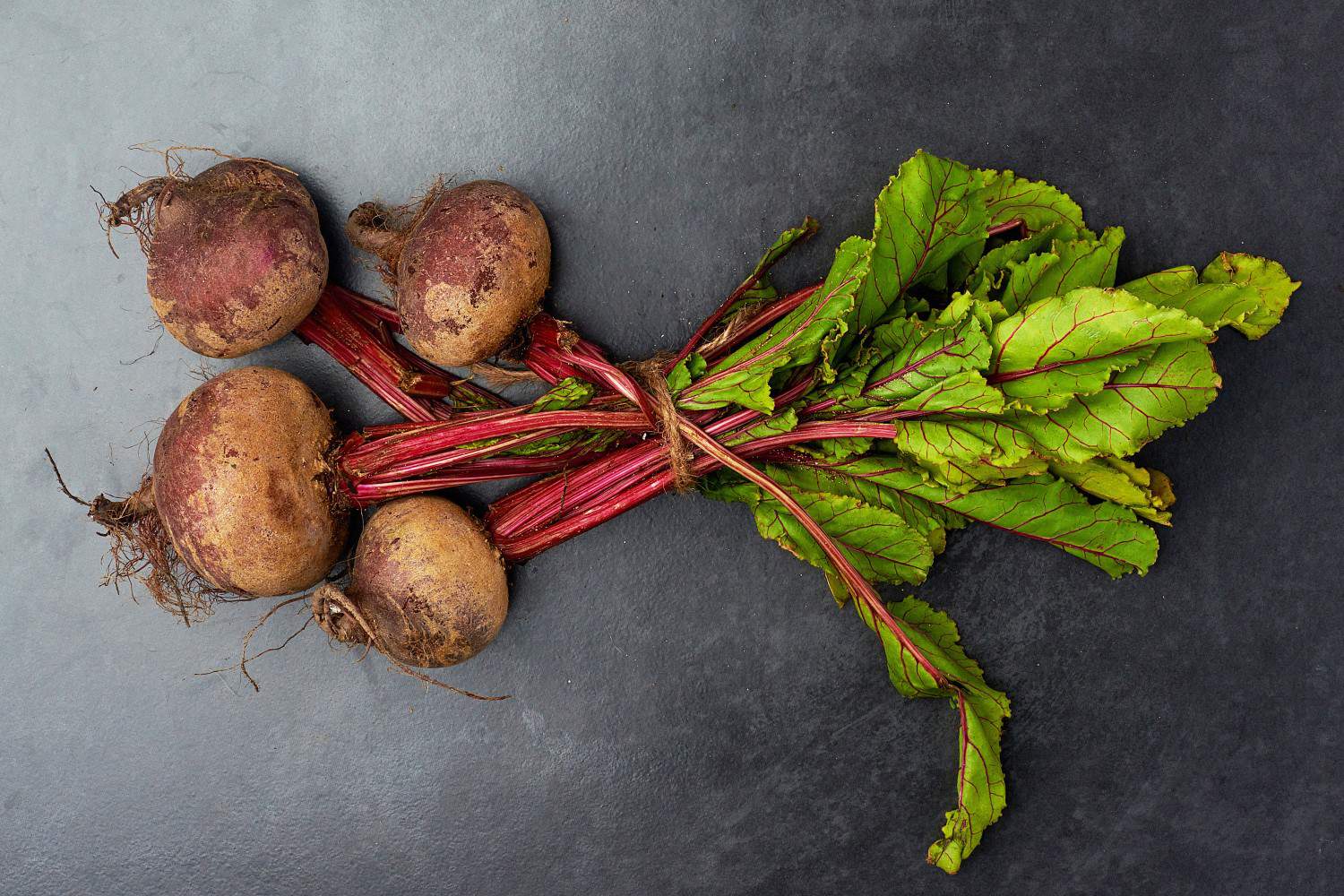Beetroot offers the body many health benefits, such as promoting optimal brain function and improving overall heart health. It is a phenomenal source of nutrition and contains a surplus of anti-inflammatory and antioxidant compounds. Plus, any part of the plant can be consumed, raw or cooked, from its leaves all the way down to its roots. To add to its list of benefits, beetroot is also easy to grow yourself at home!
Temperatures
Beetroot is typically a colder weather plant. So the best time to seed would be early in Autumn while mid to late Autumn is the ideal time for seedling planting.
The time of year will vary depending on where in the world you are planting, but we can easily work from the plant’s preferred temperature range of 14°C – 20°C.
Beetroot will survive relatively well in temperatures outside of this range. However, its growth will be stunted at temperatures below 5°C and above 26°C.
Although the plant will most likely survive through frost, it will damage the foliage and therefore hinder growth and development.
Sun
Like many colder climate crops, beetroot grows best in full sun. It will still grow in areas with partial shade although areas that get no direct sunlight at all should be avoided. Ideally, your beetroot should get at least four hours of direct sunlight per day.
Water
Although beetroot likes to be planted in full sun it prefers moist soil. So if you live in an area that has hot or dry days during winter be sure to give your beet crops a bit of extra water.
However, avoid drenching the soil too much, just a shallow soak will keep your plants happy. Also be careful not to wash away the ground surrounding your beetroot while watering.
If the ground is already wet you won’t need to water your beetroot at all. Though they are considered a thirsty crop, it’s important to avoid overwatering beets.
Soil
Beetroot prefers soil with good drainage. Dense clay-like soil should be avoided and the planting area should ideally be ploughed, loosening the ground to a depth of roughly 30cm. Beets like soil with a good amount of organic matter, so feel free to mix in some compost while ploughing the area.
Additionally, beetroot grows best in less acidic soil. Ideally, the pH should be between 6.2 and 6.8. Soil with a pH below 6 is not suitable.
Space
This is an important factor for plants to have optimal growth. However, the good news is that beetroot in particular doesn’t need as much space to grow as many other food crops.
You can safely plant your beetroot roughly 10cm apart from one another. If planting many rows try to keep the rows about 20cm apart from one another. When planting seeds place them roughly 1cm deep.
